Hierarchy and Democratic Organizations!
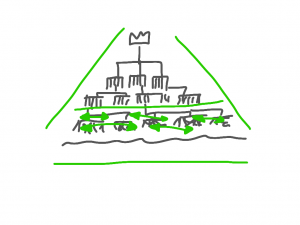 A new trend is currently rising at the horizon of organisational design: The democratic organization, self organization or non-hierarchical network structure. From many corners the management gurus as well as the consultants come up with alternative forms of coordination and control, that are thought to replace the traditional, hierarchical governance structures in organizations. Too less flexibel, hindering for innovations, slow, these are labels hierarchy gets these days.
A new trend is currently rising at the horizon of organisational design: The democratic organization, self organization or non-hierarchical network structure. From many corners the management gurus as well as the consultants come up with alternative forms of coordination and control, that are thought to replace the traditional, hierarchical governance structures in organizations. Too less flexibel, hindering for innovations, slow, these are labels hierarchy gets these days.
But are hierarchies really that bad. looking into nature, even looking at the whole universe, we always see hierarchical structures in nonlinear complex systems. (Scott, 2007) What we know so far about consciousness and mind, even our brain is structured in a kind of hierarchical way to deal with processing the complexity we are confronted with. Deep learning algorithms currently chasing the way how we see Artificial Intelligence, consisting of a layered approach of neural network structures.
So organisations as complex living socio-technical systems should be no exception. Increasing complexity within a living system following certain purpose and having interacting elements form structures to deal with the processing of increasing amount of information. Hierarchical structures an reduce complexity and simplify and speed up decision making processes. So the problem in an organisation is not the concept of hierarchy as such. It is the way, how the structures develop and the underlying forced driving the structuring processes. In organisations these hierarchical structures are often not purely driven by the efficiency of the interaction processes and the purpose to be followed. Hierarchies sometimes develop uncontrolled in a growing organization and are therefore not part of an intentional design process – they form over time. Or if they are designed intentionally often the guideline is not purely the optimisation of the system functions. Often other aspects are taken under consideration, which is history or power and influence: Structural changes in organisations are normally no grass-root decisions. They modify existing structures with a certain history, tradition and people on certain positions. Sometimes specific positions on certain levels with certain pay-grades are needed for employees/ managers already with the company for years. So the hierarchy is sometimes designed to give those people a certain spot in the organisational chart. Or the decision makers who are involved in the structural (re-)designs follow other rules beside the most effective and efficient design. Informal buddy networks, considerations about politics and power and the weakening or strengthening of the own position in the organisation in the future can play a certain role for the design decisions. External consultants being involved in the process can play a supportive neutral role for self-reflection here. But as they are not directly involved in the final design decisions, they only have limited influence.
Hierarchy – not so bad?
As a conclusion, I would state, that hierarchy per se is not as bad as it seems. It is a natural way of organising coordination in complex structures and a structure that appears in many different areas also in nature. As in all fields of biological and social environments there is no black and white. No 0 and 1 like in technical systems. There is no either or, no good or bad, but more a “both” and “appropriate”. So all new concepts coming up now for less hierarchy and more democracy or self organisation should be rated based on this perspective: Not less hierarchy or more self organisation is the solution, but the appropriate level of both in a certain context is key. Having a deeper understanding on how biological living systems are structured and how hierarchy and organisation works there can help us to develop appropriate structures also in other systems like organisations.
Sources
Scott, A. (2006). Physicalism, Chaos and Reductionism, in: Jack A. Tuszynski (Ed.)
The emerging physics of consciousness, pp. 172-192.
Scott, A. (2007). The nonlinear universe: chaos, emergence, life. Springer Science & Business Media.



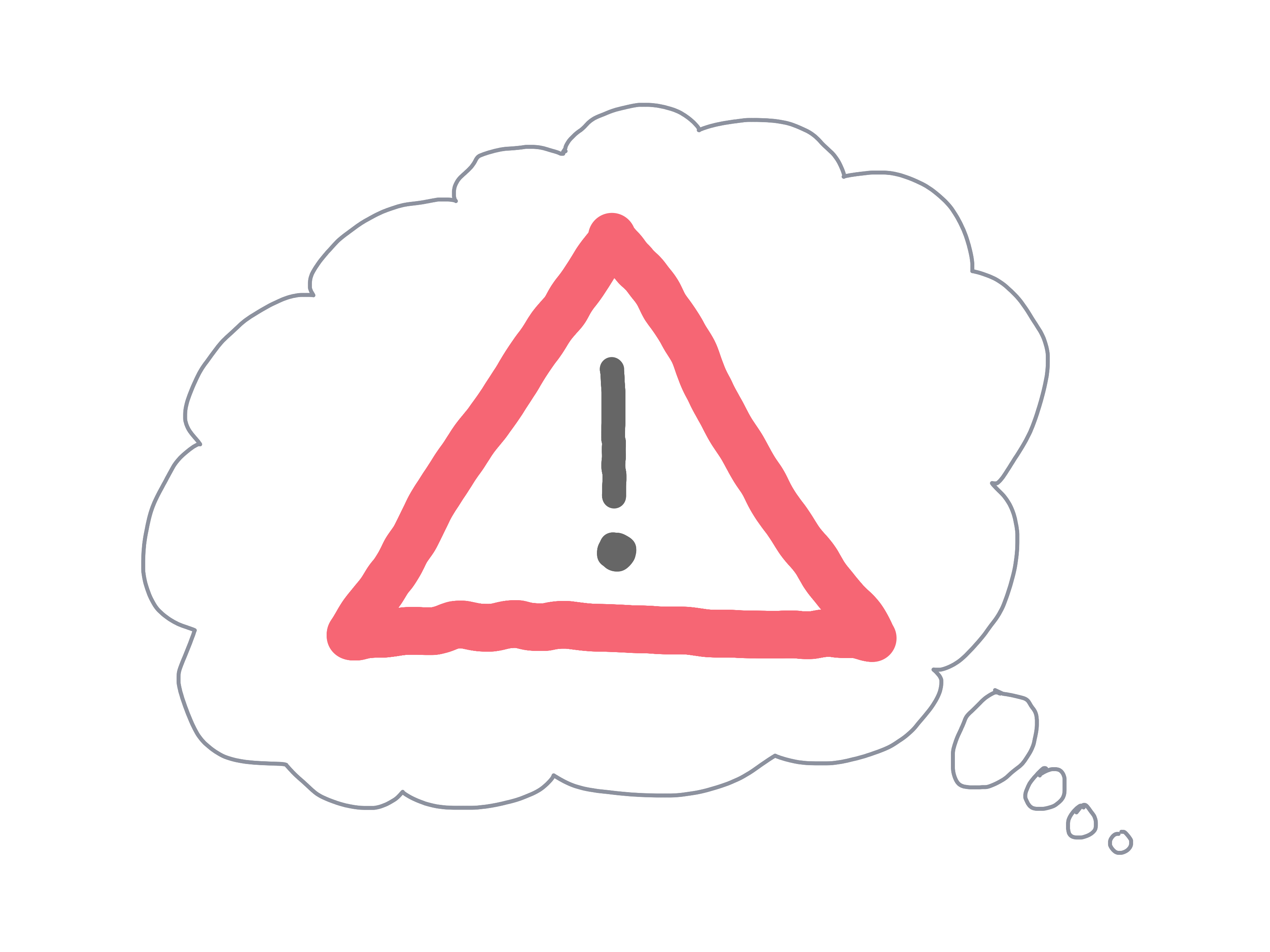
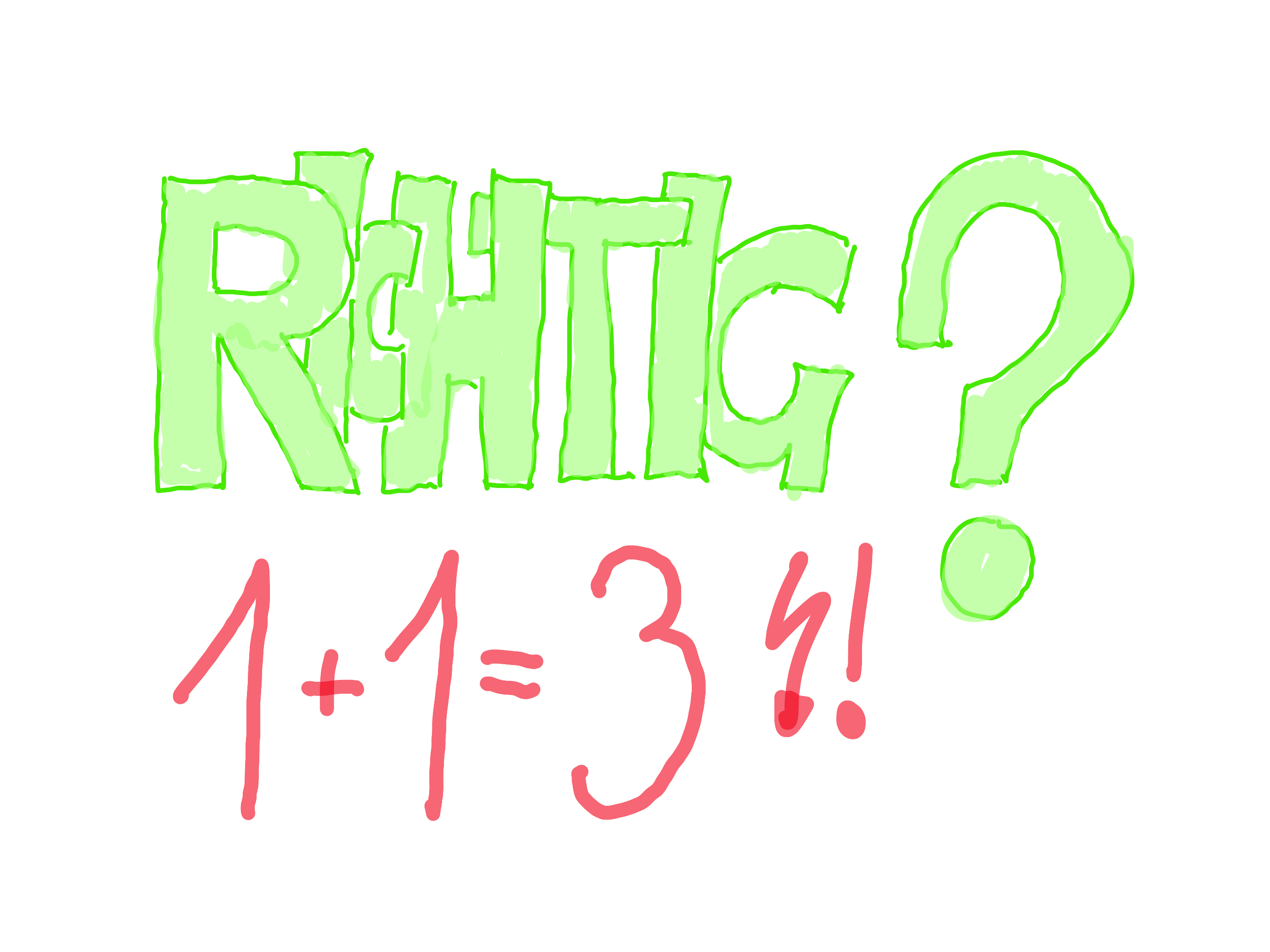
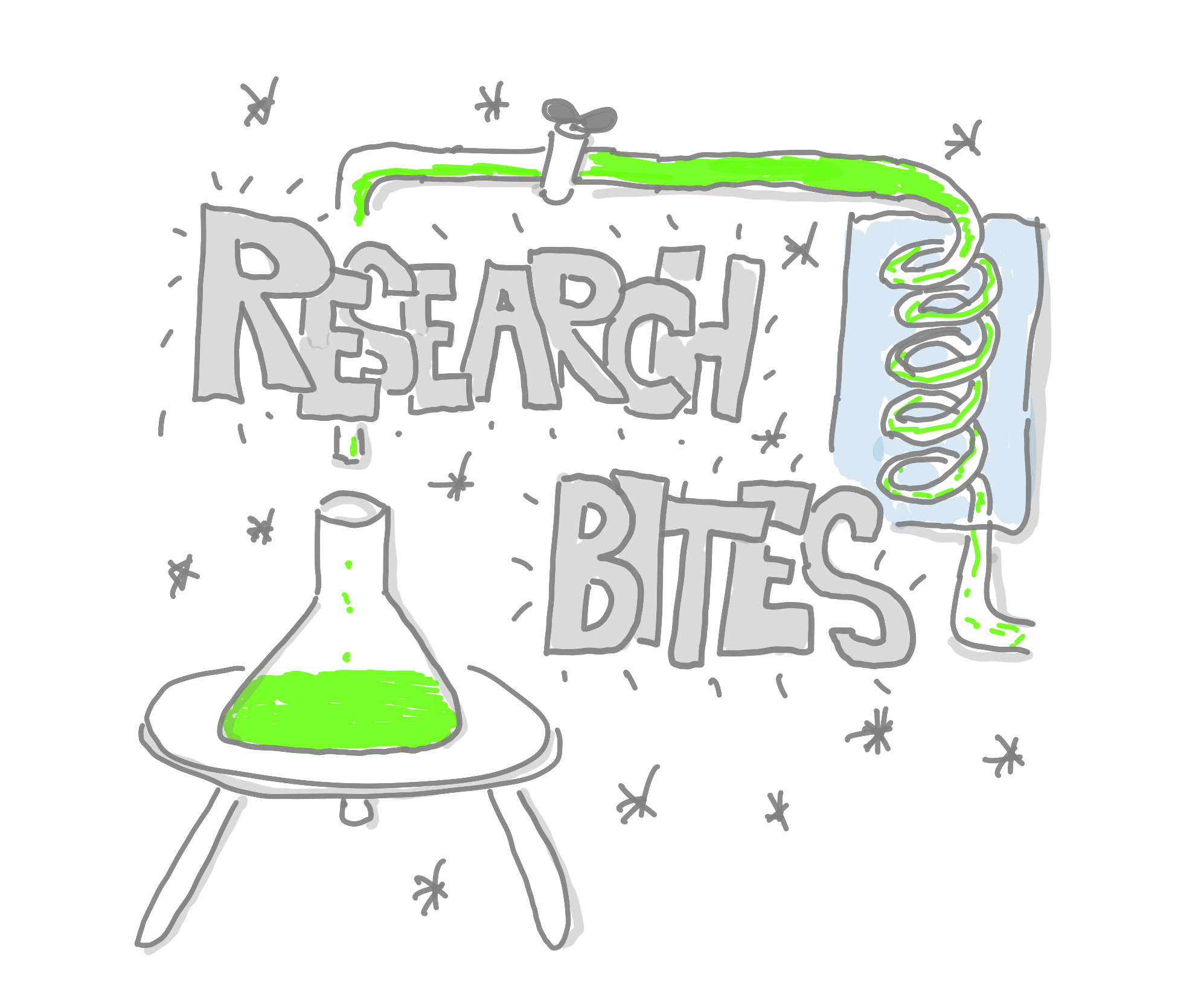
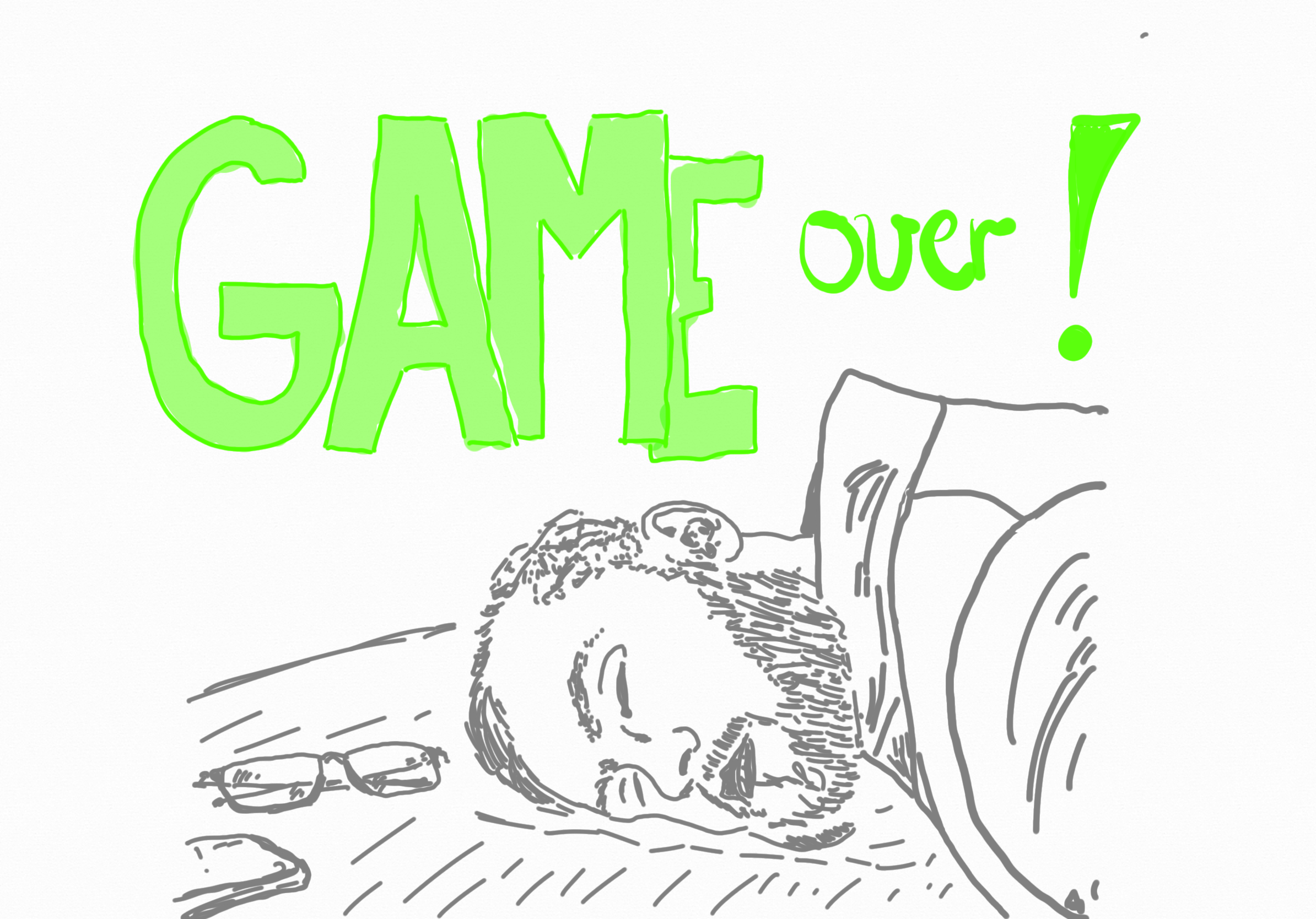
Leave A Comment